En la zona del valle de Quíbor, lugar donde tenemos nuestros cultivos hay un terrible brote de TSWV (Tomato spotted wilt virus) o conocido coloquialmente como Virus del bronceado del tomate, desde el momento en el que comenzamos con nuestro nuevo cultivo hace 2 meses, tuvimos una leve presencia con algunas plantas, la única forma de evitar la propagación era retirarlas del invernadero y quemarlas, lo hicimos y con aplicaciones protectoras de cobre y fungicidas lo mantuvimos controlado, sin embargo las fuertes lluvias trajeron consigo una ola de plaga, de mosca blanca, piojos y ácaros que son transmisores directos del virus, lo trasmiten alimentándose de plantas afectadas y lo llevan directamente a las que están sanas.
In the Quíbor valley area, place where we have our crops there is a terrible outbreak of TSWV (Tomato spotted wilt virus) or colloquially known as Tomato spotted wilt virus, from the moment we started with our new crop 2 months ago, we had a slight presence with some plants, the only way to avoid the spread was to remove them from the greenhouse and burn them, We did it and with protective applications of copper and fungicides we kept it under control, however the heavy rains brought with them a wave of pests, white flies, lice and mites that are direct transmitters of the virus, they transmit it by feeding on affected plants and take it directly to those that are healthy.
Además de eso también nos vimos afectados por otros tipos de virus como el Tomato mosaic virus (ToMV) y Tomato yellow leaf curl virus (TYLCV), esto afecto gran parte de los cultivos de la zona, a tal punto que en los mercados se ven los pimentones manchados y afectados, las hojas se tornan de un color amarillo, las flores se queman y comienzan a salir manchas en los pimentones, hoy me di cuenta que hemos perdido el 35-40% de las plantas que tenemos gracias a las fuertes lluvias y a estos problemas que nos han afectado.
Besides that we were also affected by other types of viruses such as Tomato mosaic virus (ToMV) and Tomato yellow leaf curl virus (TYLCV), this affected most of the crops in the area, to such an extent that in the markets you can see the peppers stained and affected, the leaves turn yellow, the flowers are burned and begin to appear spots on the peppers, today I realized that we have lost 35-40% of the plants we have thanks to the heavy rains and these problems that have affected us.
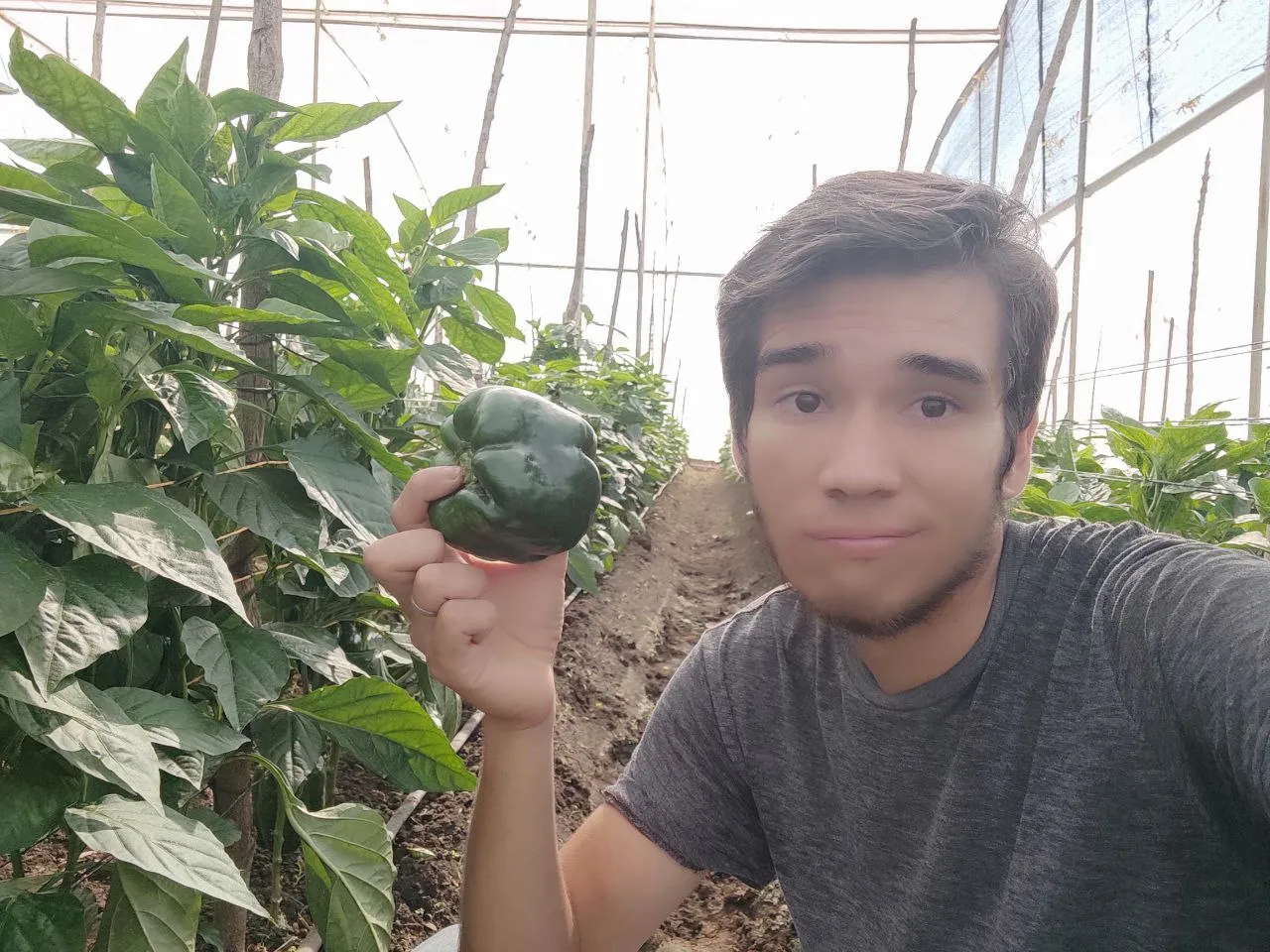
Con solo caminar un par de plantas se puede ver que tan avanzado esta el virus, yo no iba a los cultivos desde el lunes ya que estuve ocupado en la universidad. Es preocupante ver como todo comienza a empeorar cada día y se debe a la transmisión que ya hay con los insectos, que afectan las plantas que estaban afectadas genotípicamente pero aun no presentaban síntomas.
La solución a estos problemas es sembrar semillas transgénicas o hibridas F1 que traen recubrimientos fúngicos y son tolerables a los virus, ya que la semilla f2 que es sacada de un hibrido pierde esta tolerancia, genéticamente se pierde.
Just by walking a couple of plants you can see how advanced the virus is, I did not go to the crops since Monday because I was busy at the university. It is worrying to see how everything begins to worsen every day and it is due to the transmission that already exists with the insects, which affect the plants that were affected genotypically but did not show symptoms yet.
The solution to these problems is to plant transgenic seeds or F1 hybrids that have fungal coatings and are tolerant to viruses, since the f2 seed that is taken from a hybrid loses this tolerance, genetically it is lost.
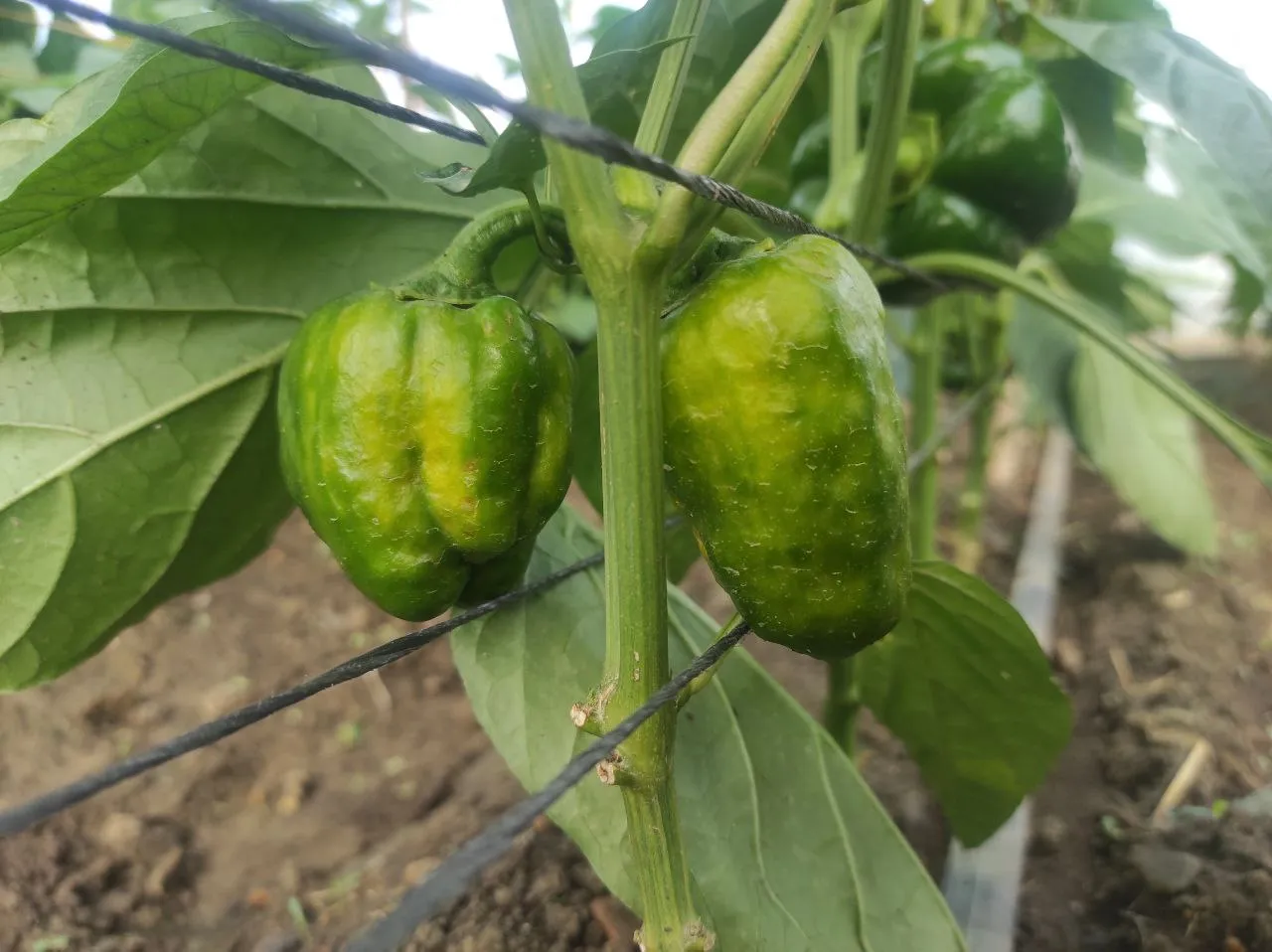
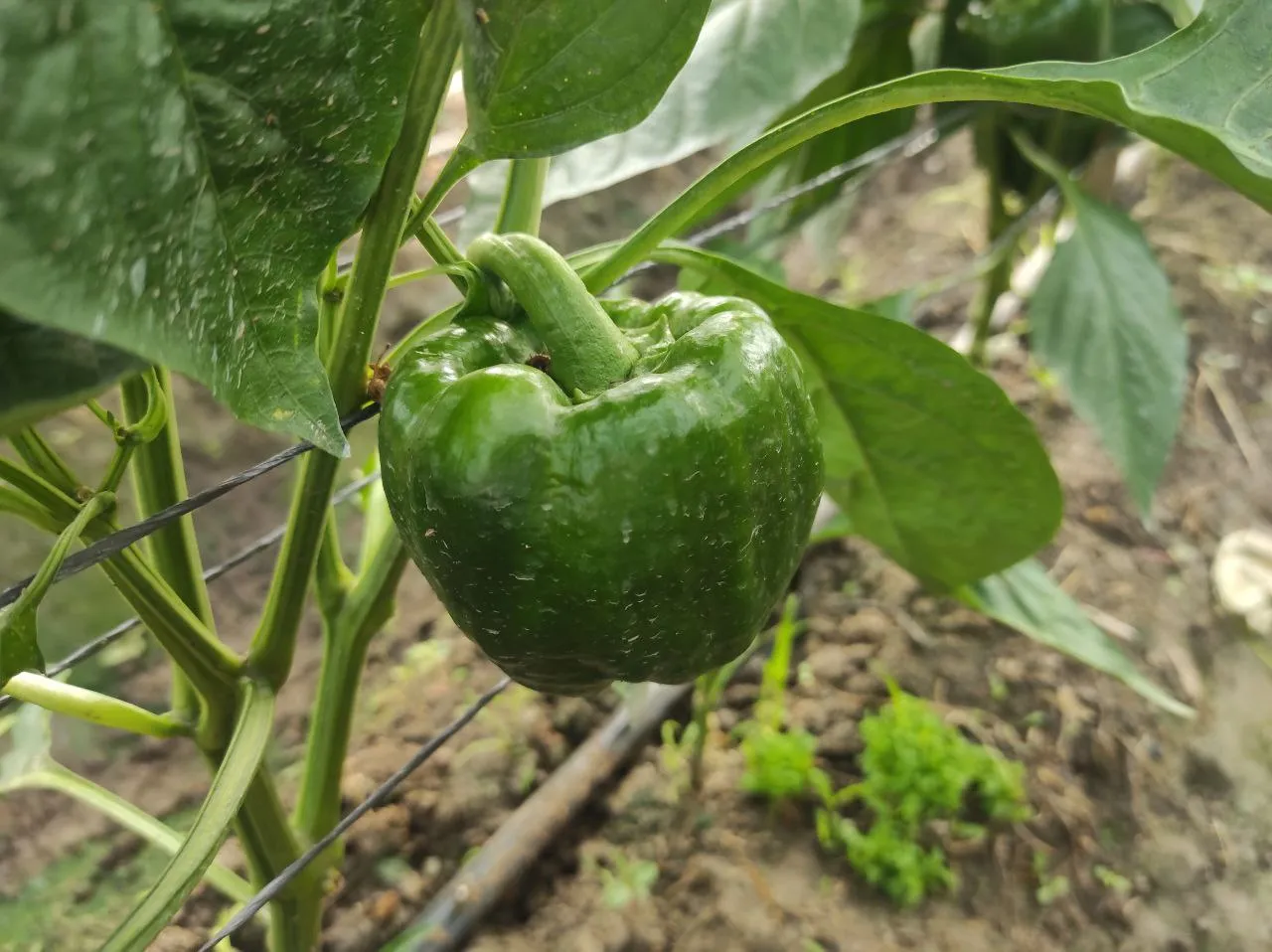

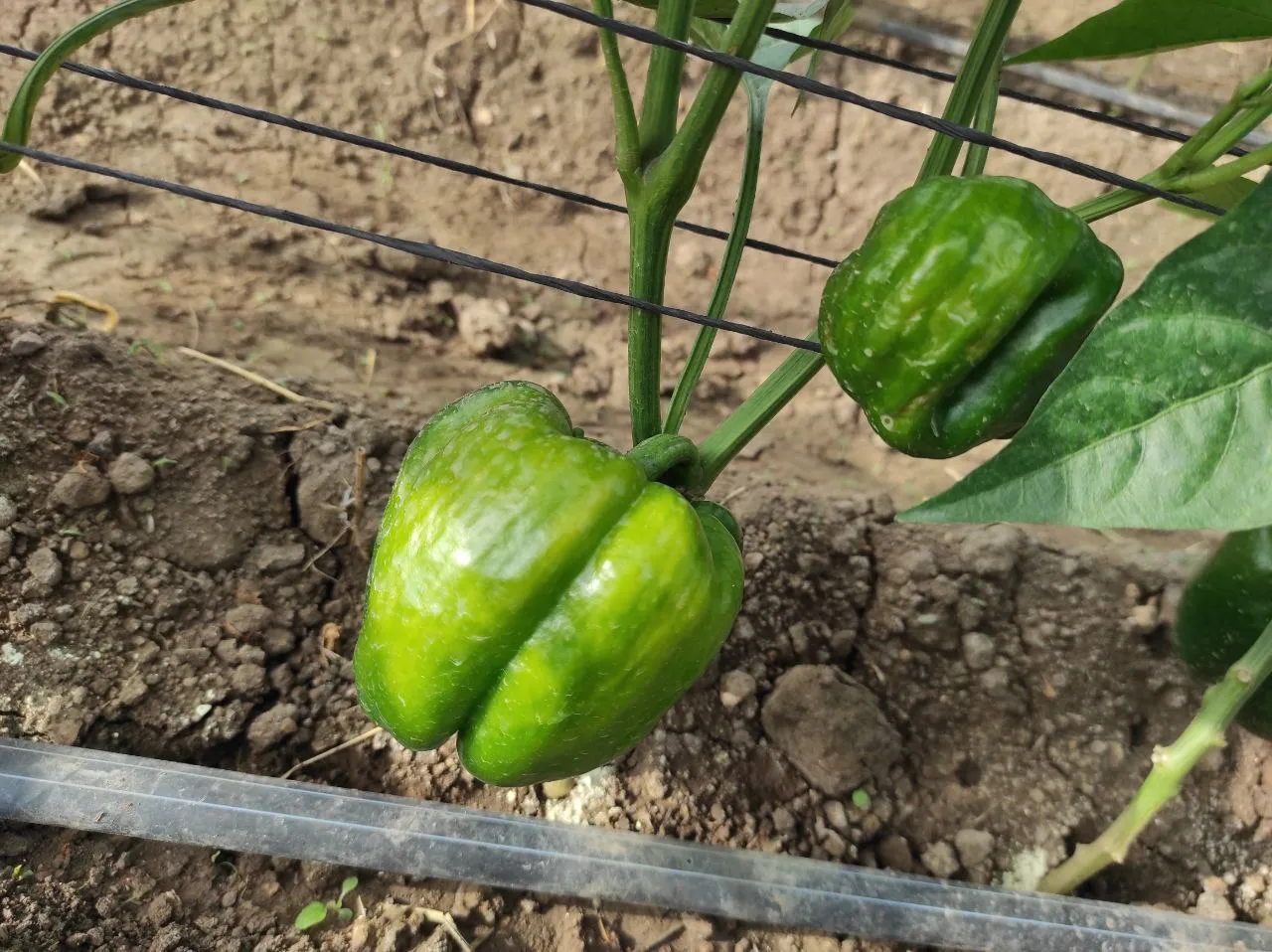
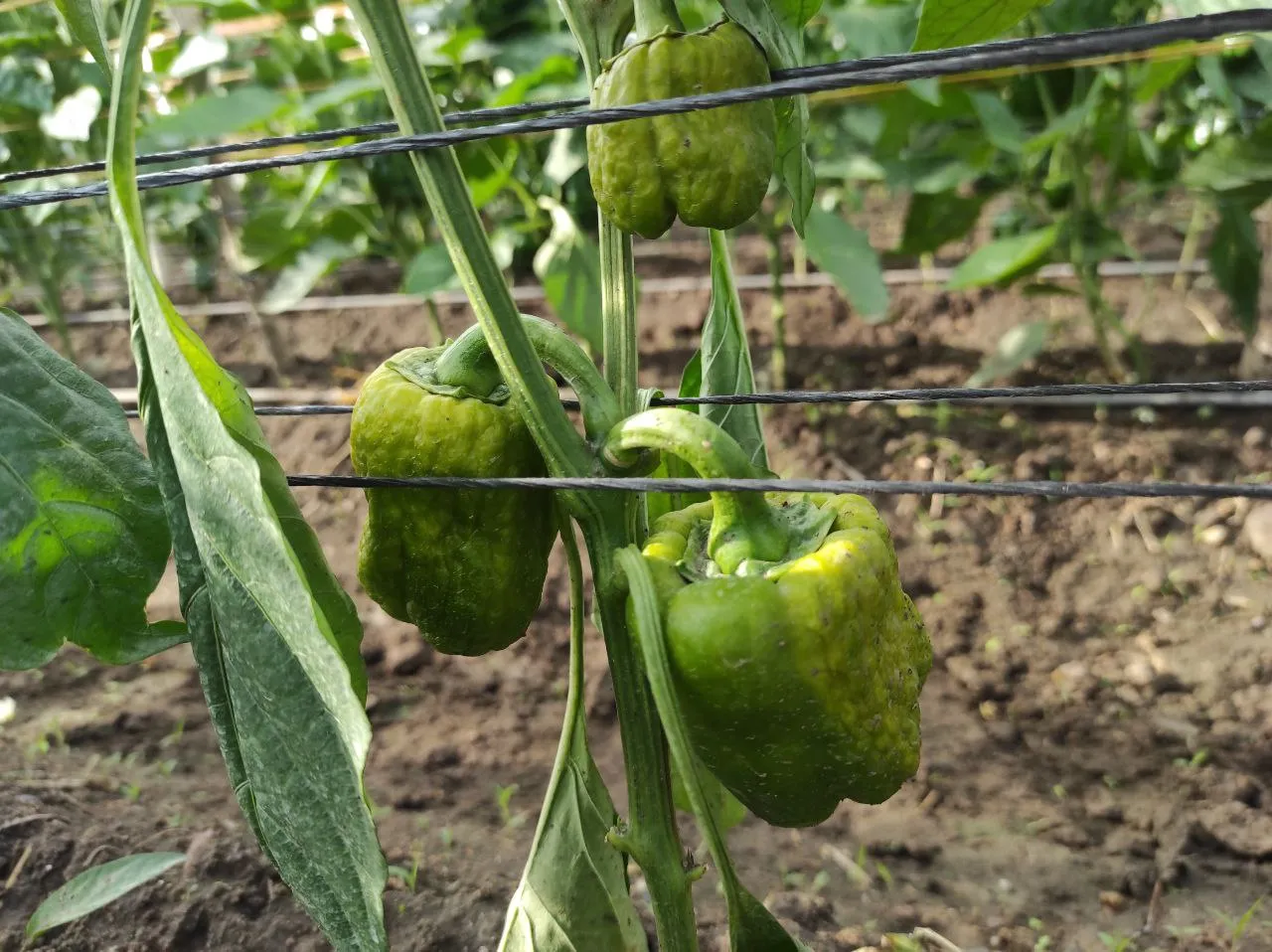
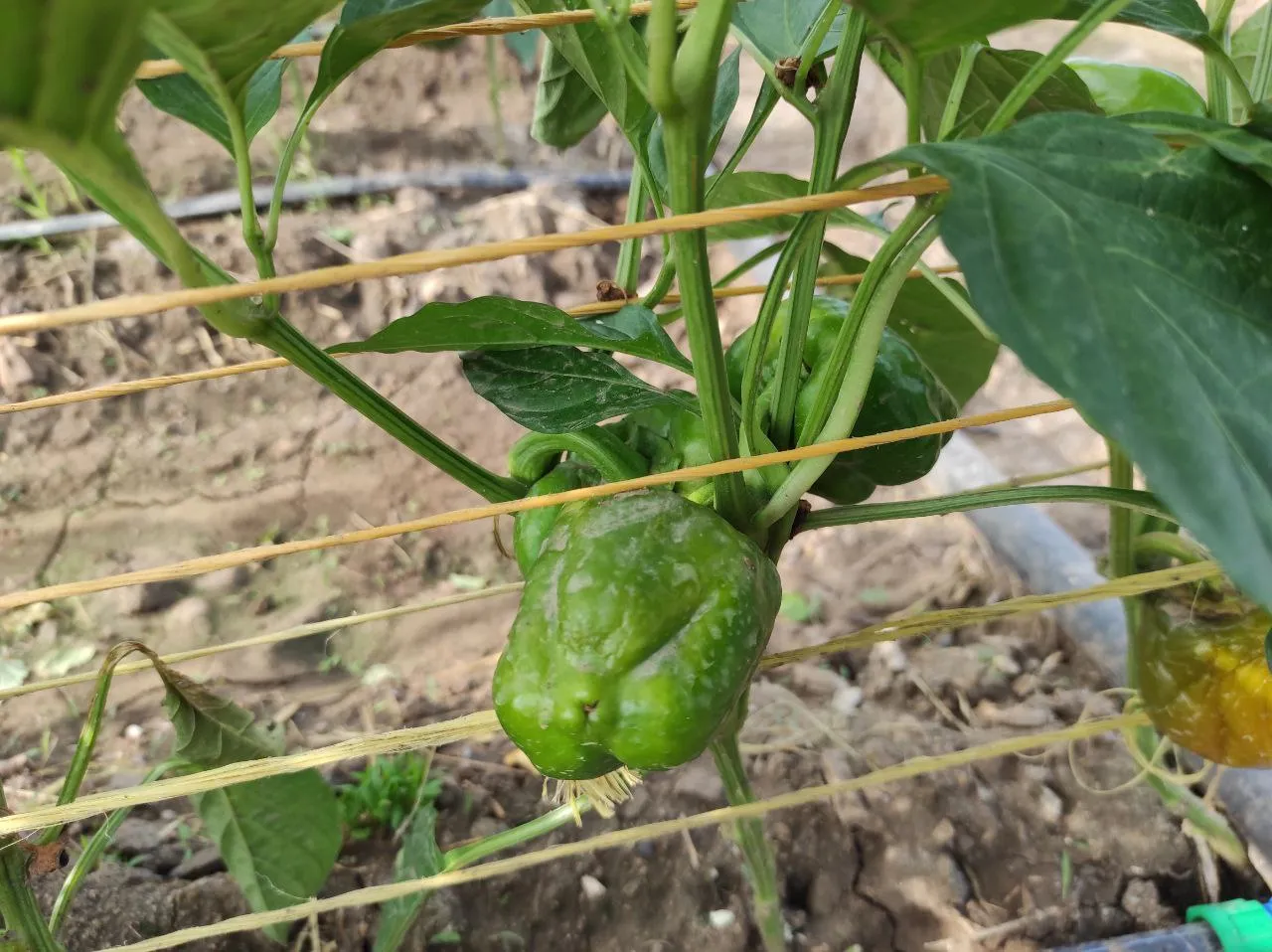

A nivel fenotípico se observan los rasgos característicos de los virus, hojas manchadas, flores quemadas, hongos en las hojas y mas cosas que también afectan el tallo de la planta, las raíces y frutos.
Por su puesto comencé la tarea de remover todas estas plantas para que no se propague tan rápido y poder esperar nuestro primer corte de manera de recuperar algo del dinero invertido, creo que he removido 1500 plantas aproximadamente y originalmente habían 4560 sembradas.
At the phenotypic level the characteristic features of the virus are observed, spotted leaves, burned flowers, fungus on the leaves and more things that also affect the stem of the plant, roots and fruits.
Of course I started the task of removing all these plants so that it does not spread so fast and to be able to wait for our first cutting in order to recover some of the money invested, I think I have removed approximately 1500 plants and originally there were 4560 planted.
Hasta los momentos se que este brote a afectado todos los cultivos de la zona y se debe al mal trato que reciben las plantas en los semilleros, ya que las personas quienes trabajan con las plántulas no toman medidas sanitarias correctas y han llevado esta plaga a niveles críticos, afectando incluso otros estados y zonas que vienen a comprar sus semillas aquí, por que el Valle de Quíbor es especialista en semillas, o lo era.
So far I know that this outbreak has affected all the crops in the area and it is due to the bad treatment that the plants receive in the seedbeds, since the people who work with the seedlings do not take correct sanitary measures and have taken this plague to critical levels, affecting even other states and areas that come to buy their seeds here, because the Quíbor Valley is a specialist in seeds, or it was.
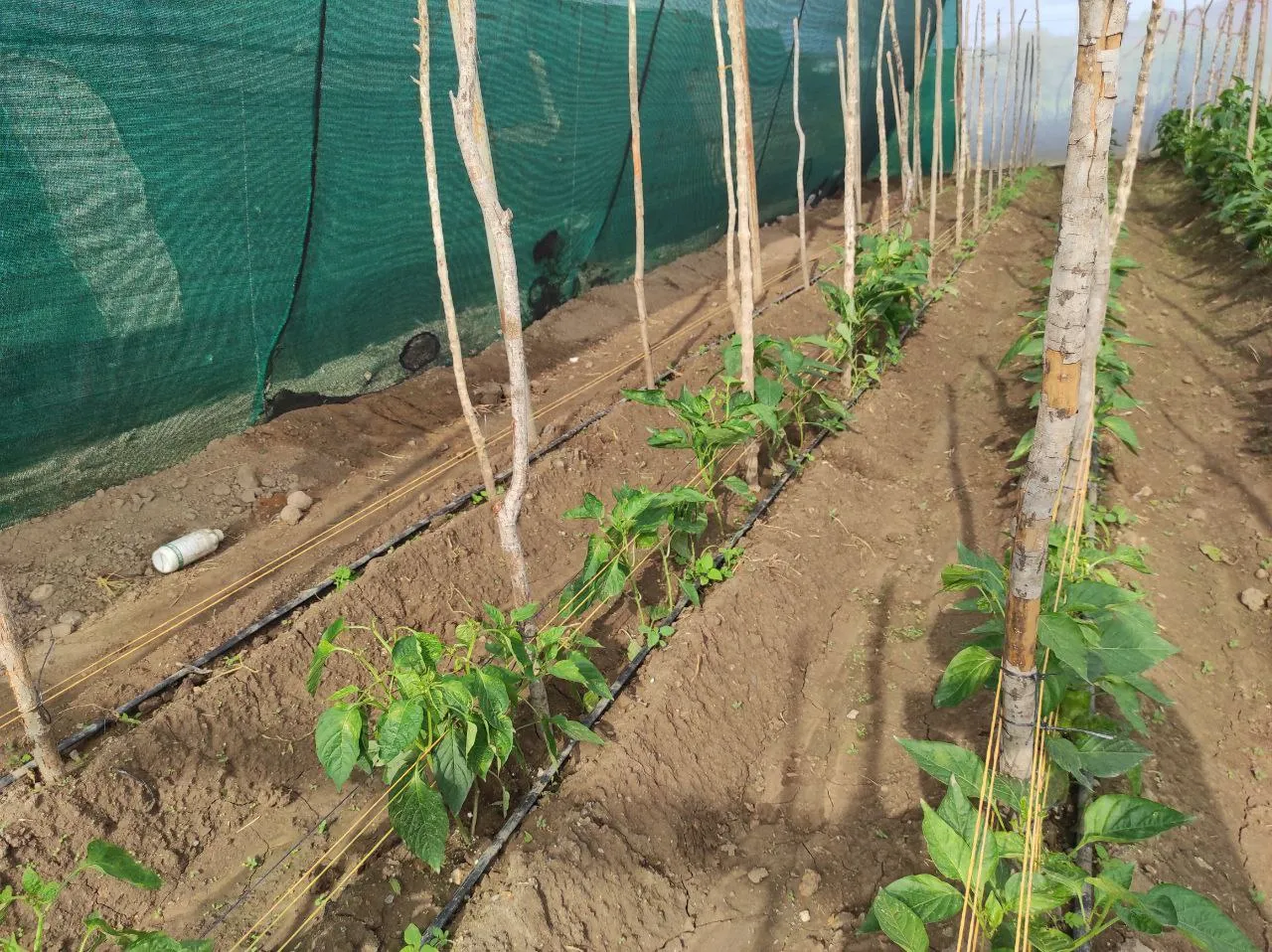
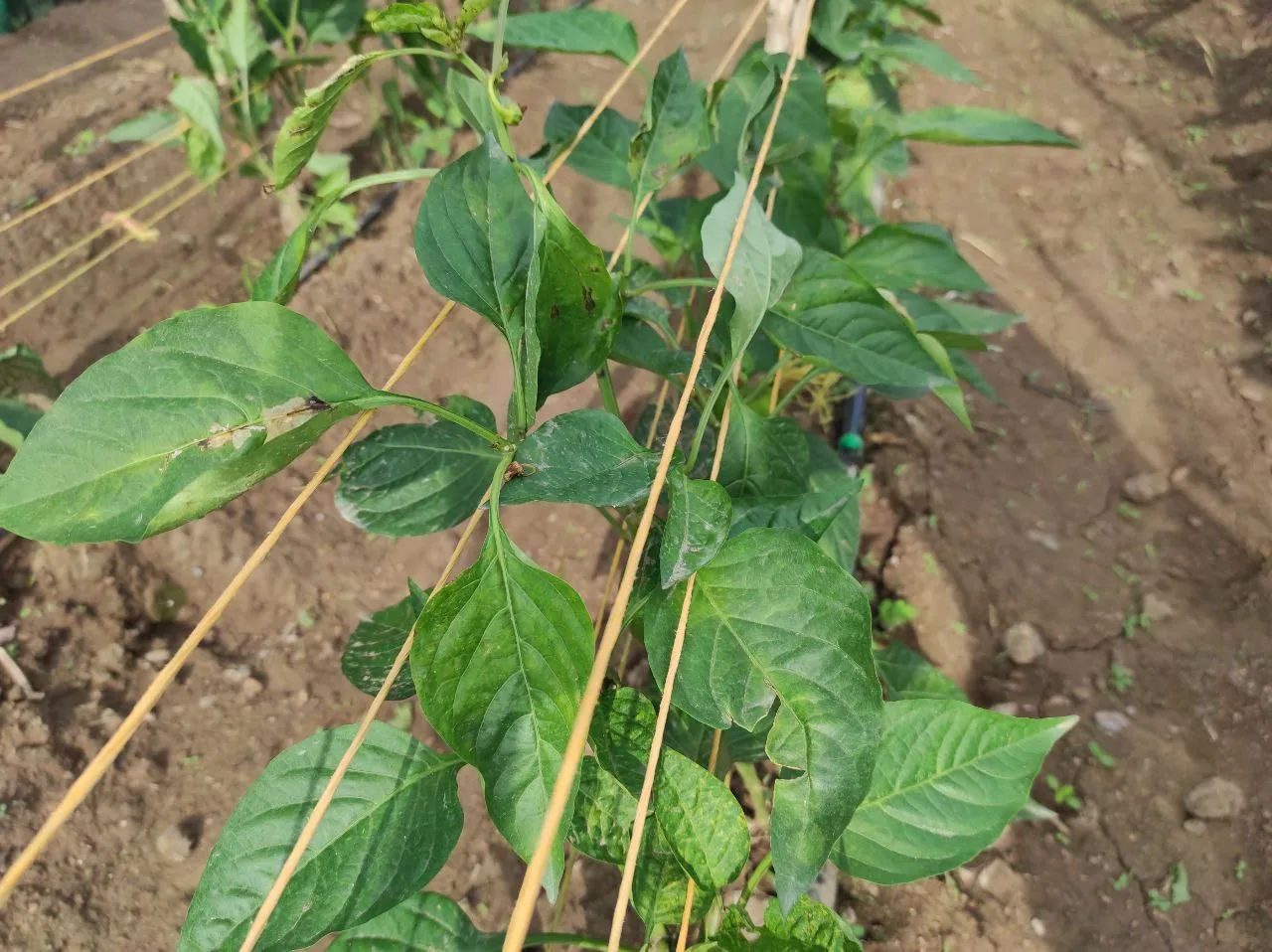
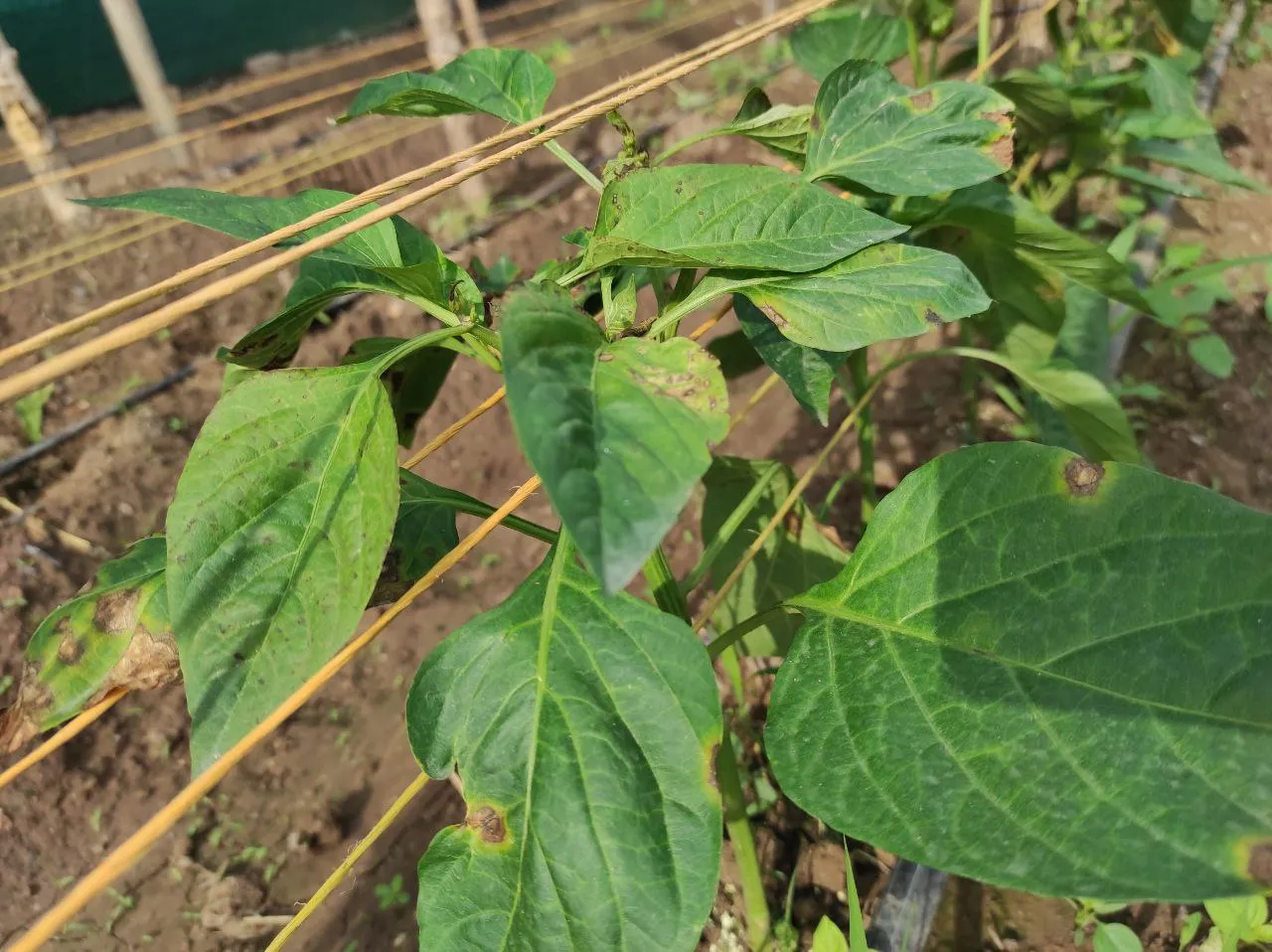
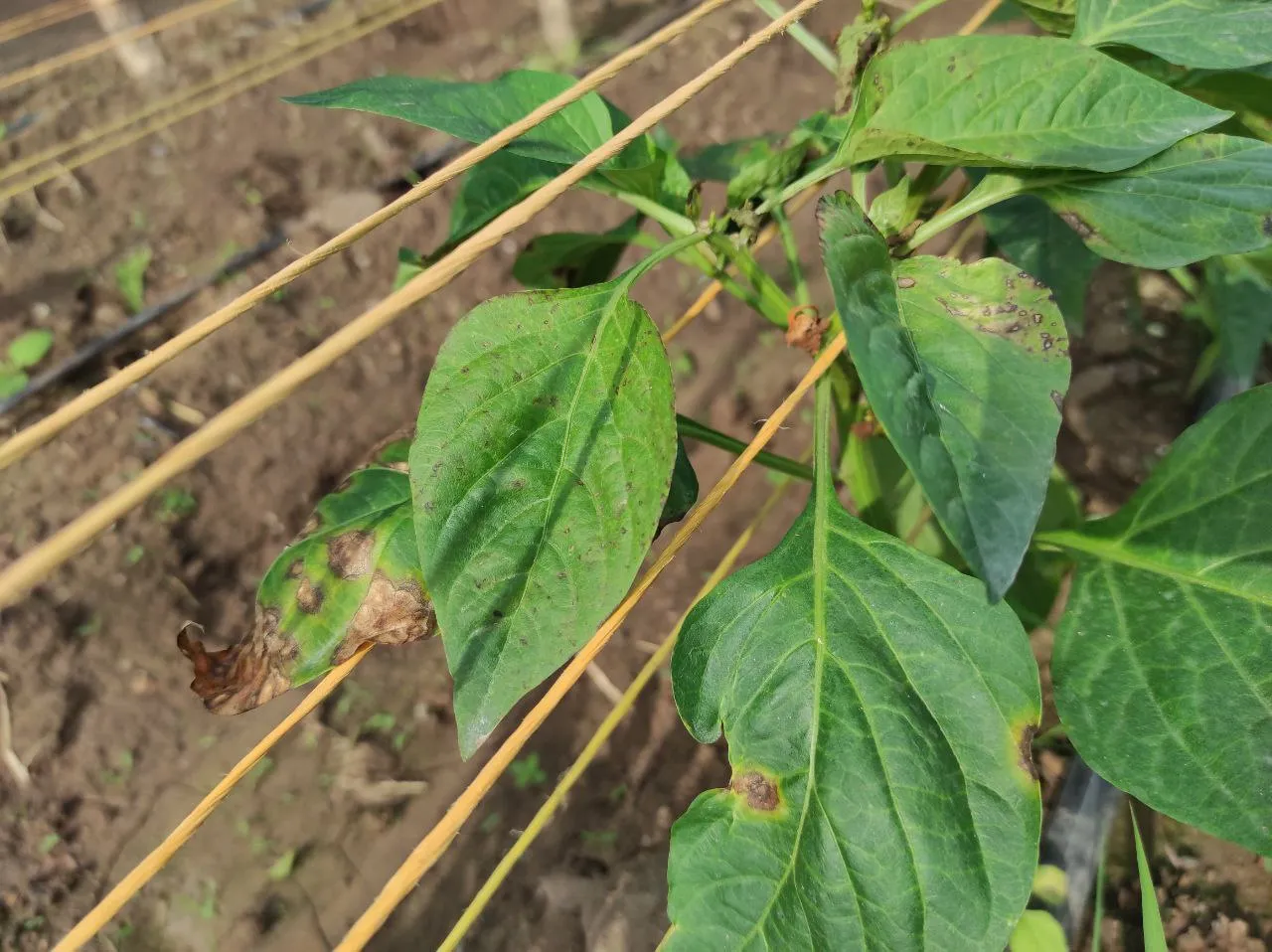
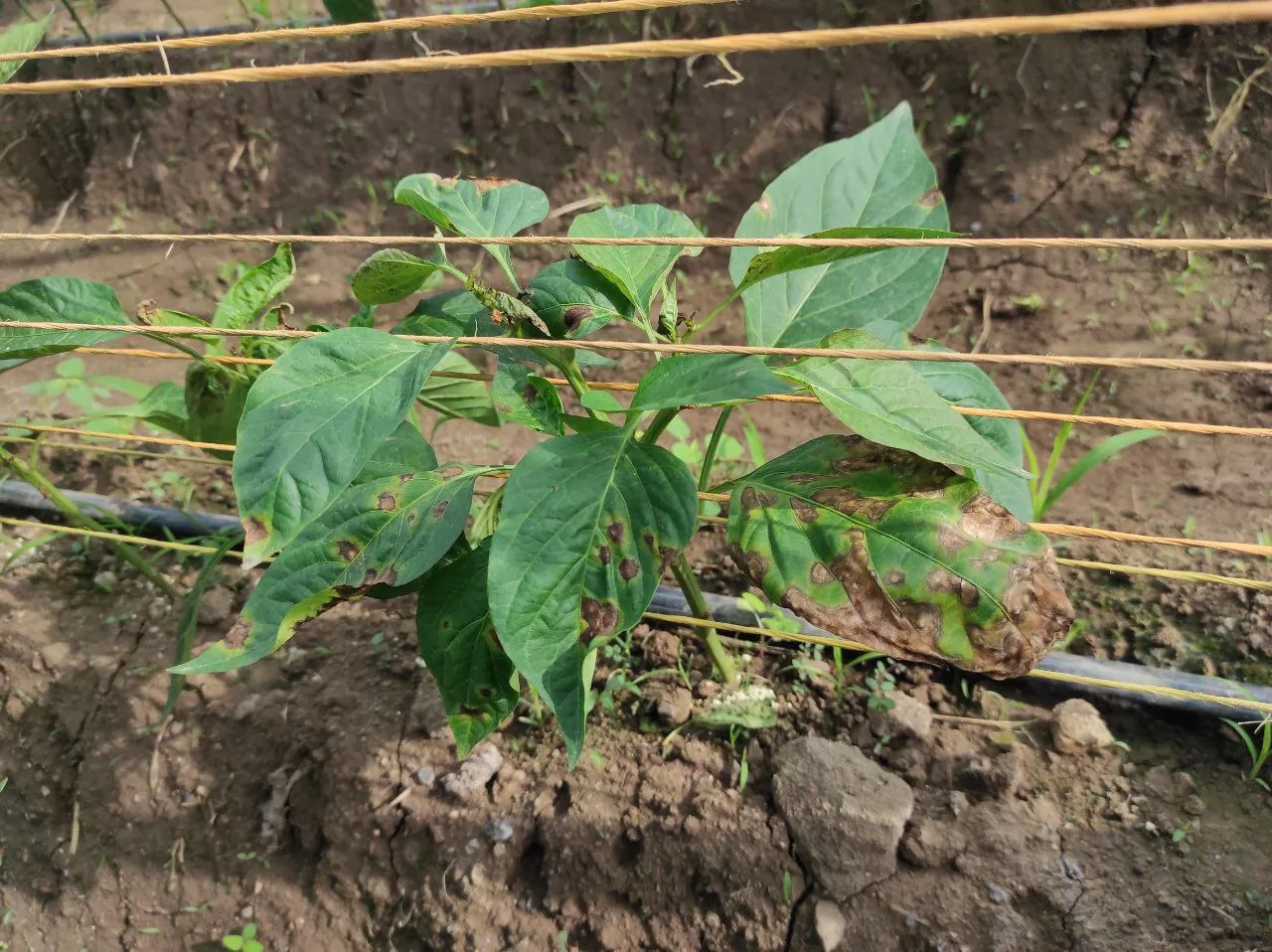
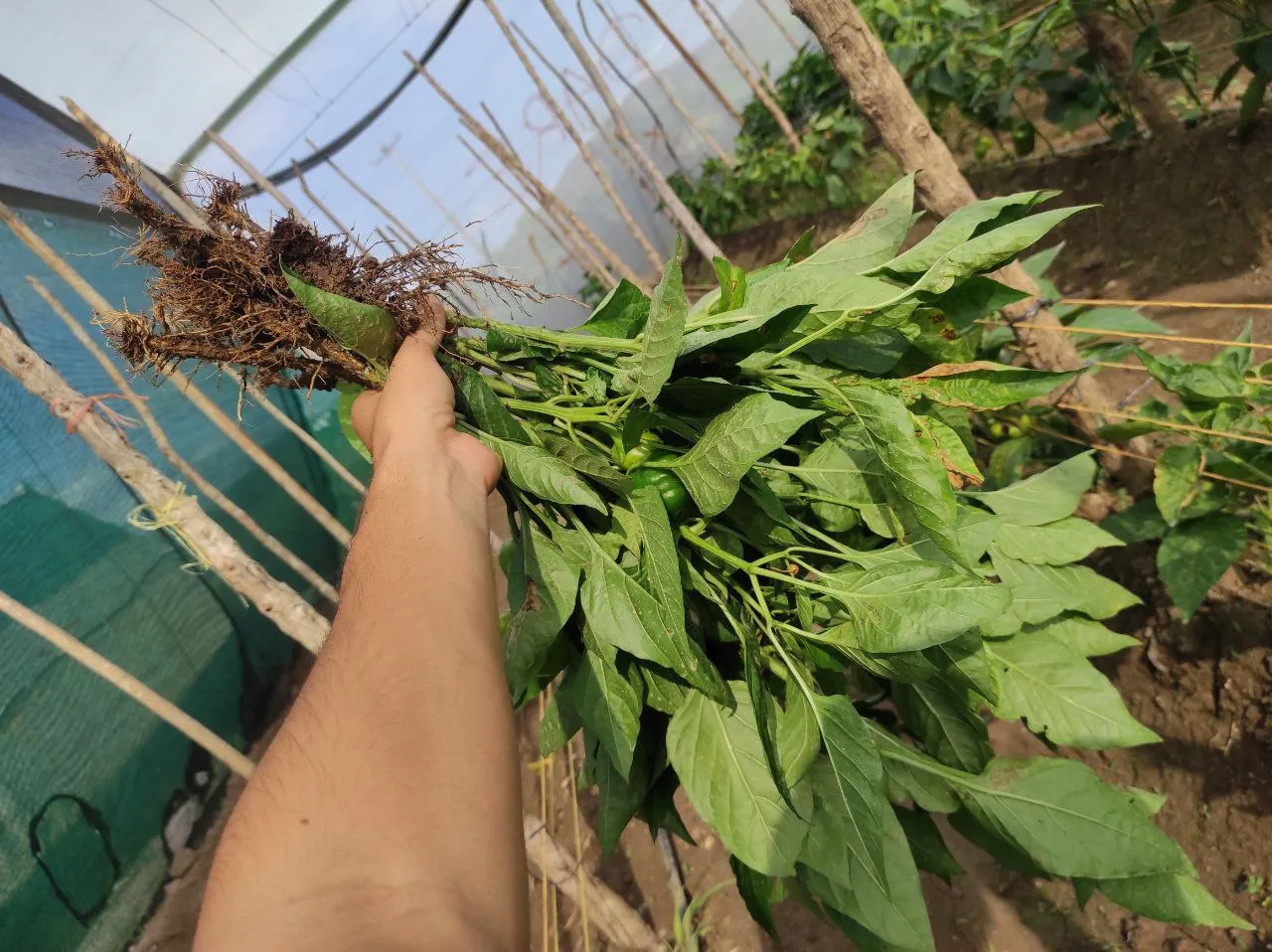
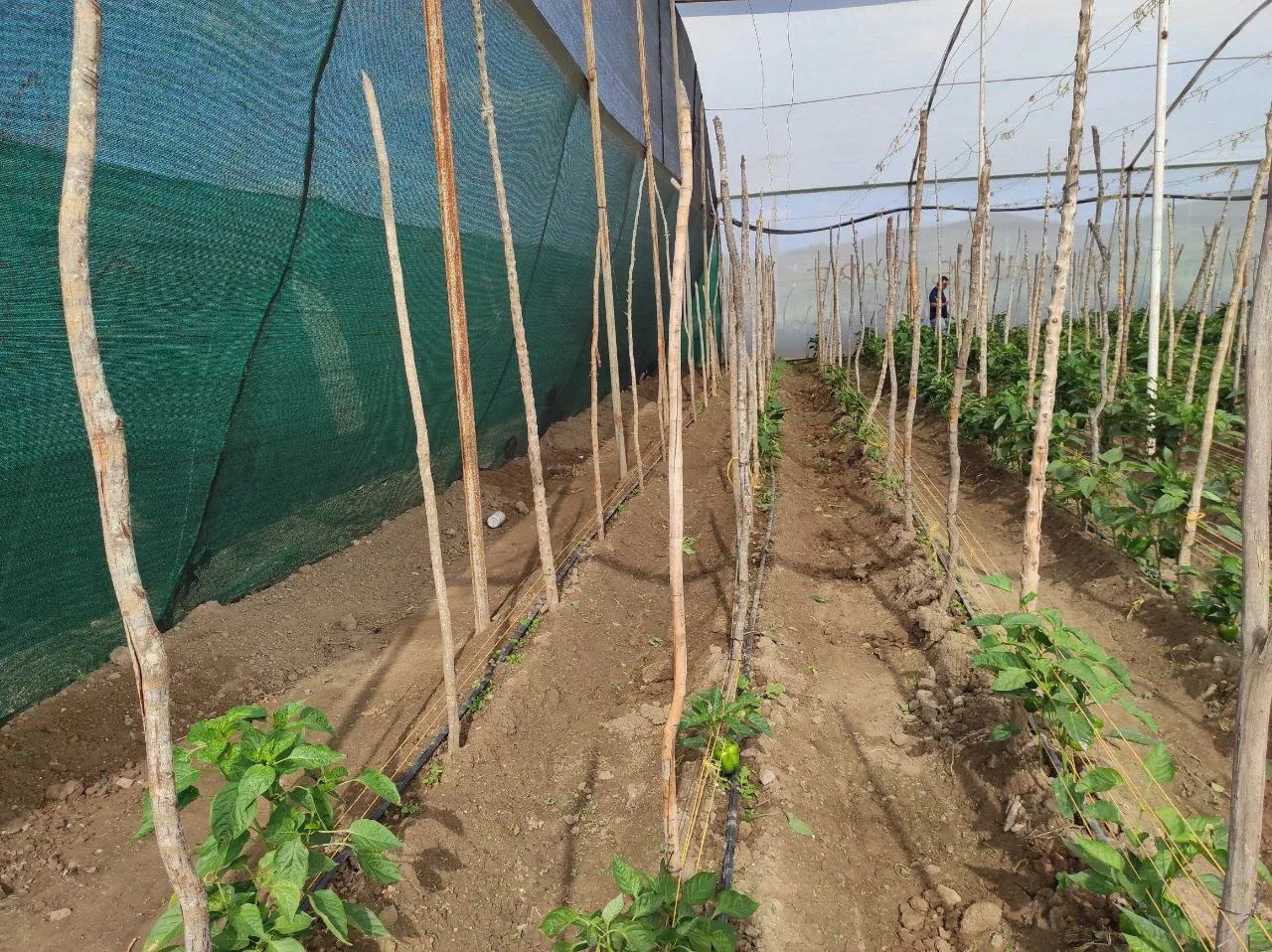
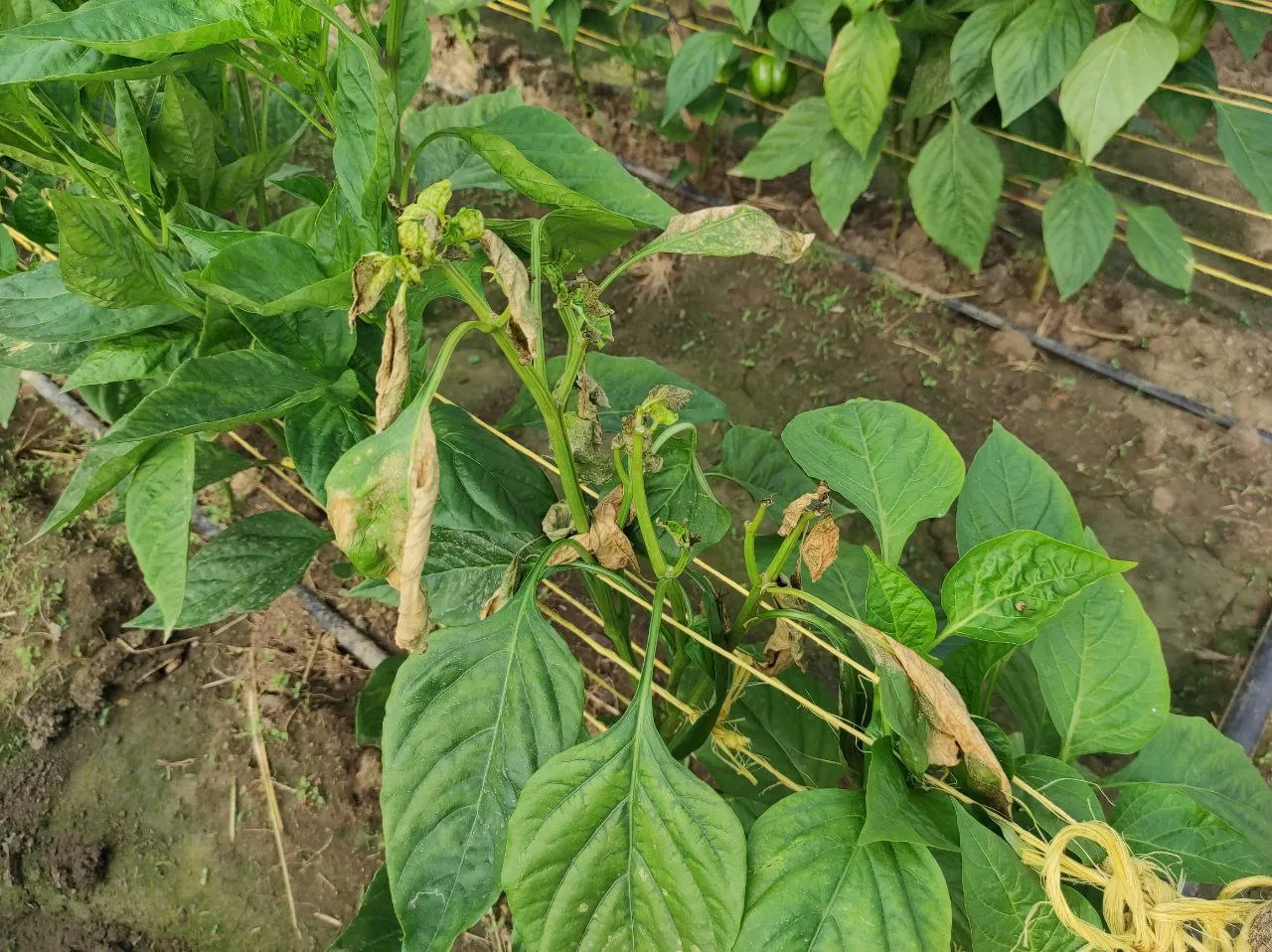
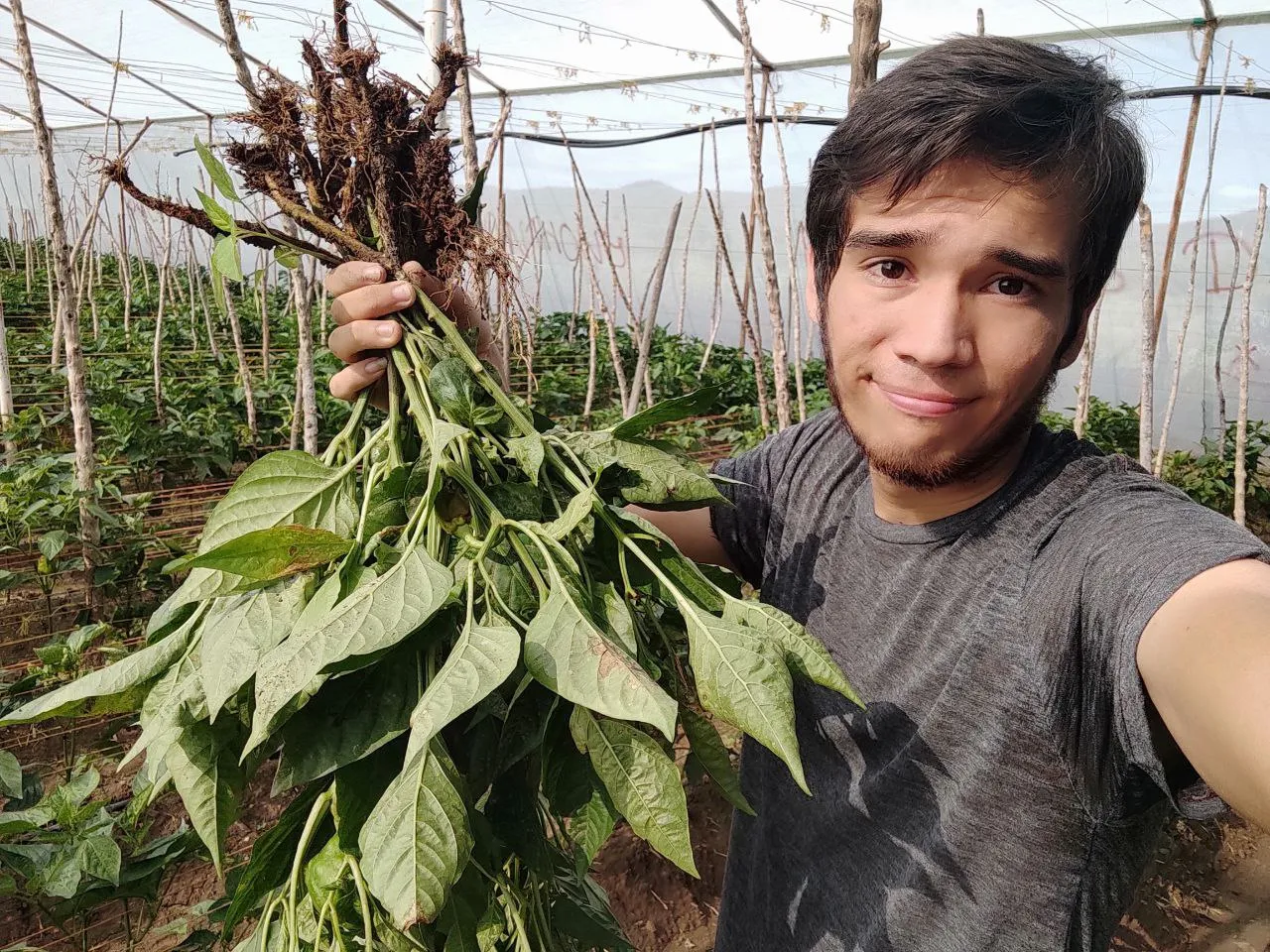
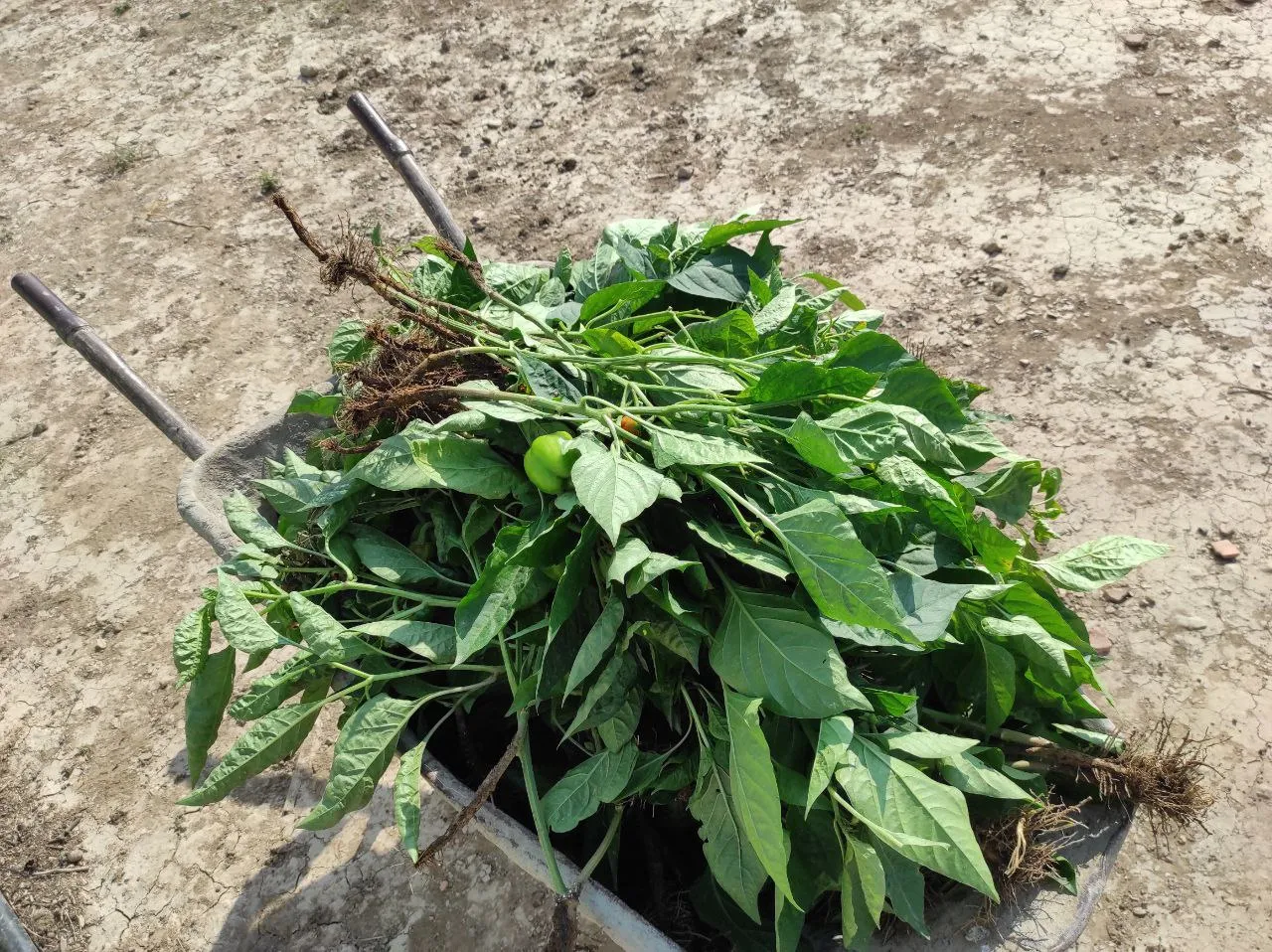
Por su puesto hay algunas plantas ejemplares que no presentan síntomas, hay frutos grandes que están a punto de madurar en los próximos 14 días, sin embargo es cuestión de tiempo para que todo el invernadero este igual y el virus se propague mucho mas. Además de esto nos dimos cuenta hace muchas semanas que esta es la peor semilla que hemos comprado, suponemos que es semilla de 5ta generación debido a la degeneración tan grande que tiene y se ve a simples rasgos, plantas amarillas por falta de microelementos completamente, que no absorben ya que se los agregamos en el abono, frutos de diferentes variedades debido a sus características.
Of course there are some specimen plants that do not show symptoms, there are large fruits that are about to ripen in the next 14 days, however it is a matter of time before the whole greenhouse is the same and the virus spreads much more. In addition to this we realized many weeks ago that this is the worst seed we have bought, we assume that it is 5th generation seed due to the large degeneration it has and it is seen in simple terms, yellow plants due to lack of microelements completely, which do not absorb since we add them in the fertilizer, fruits of different varieties due to their characteristics.
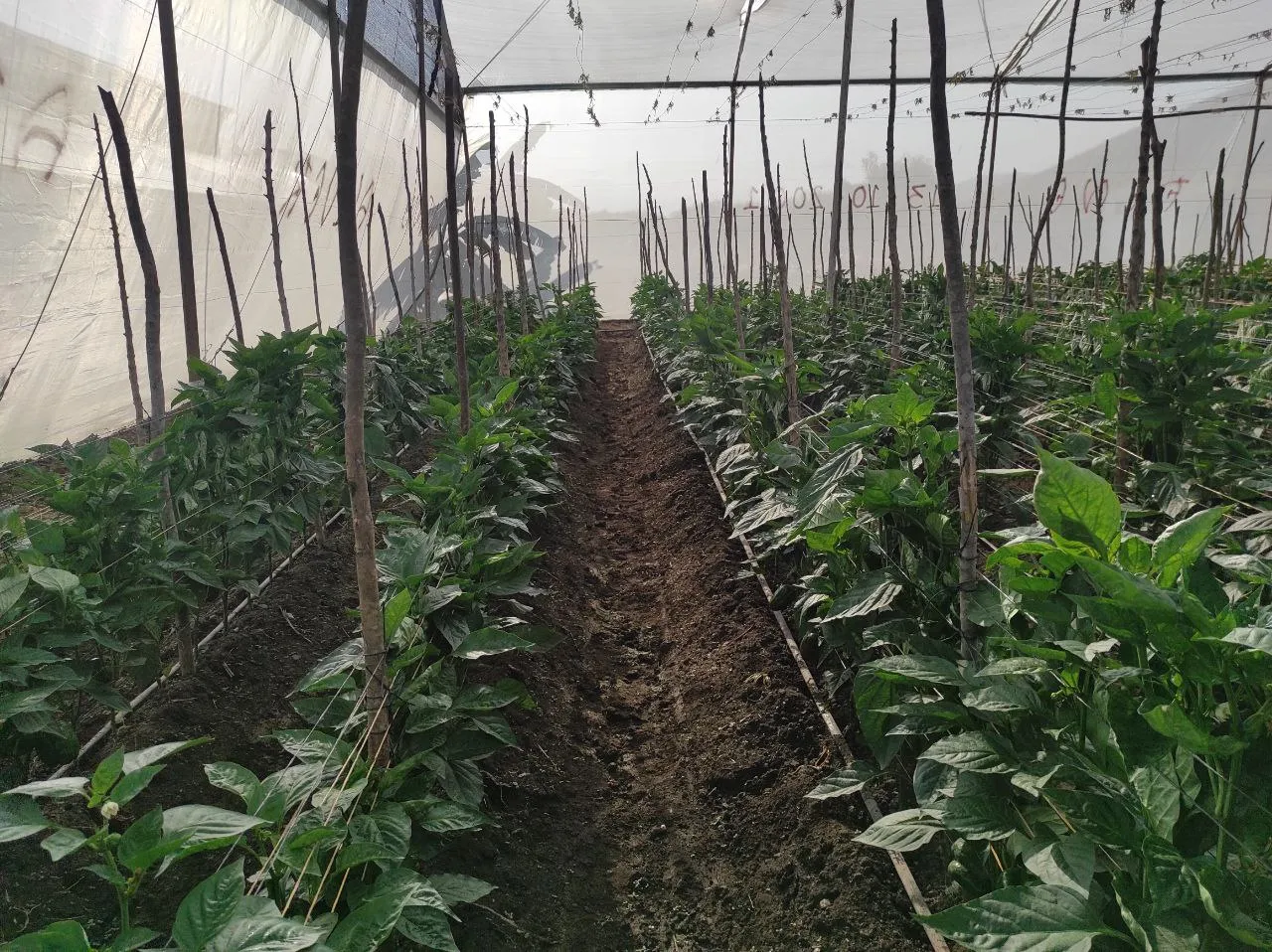
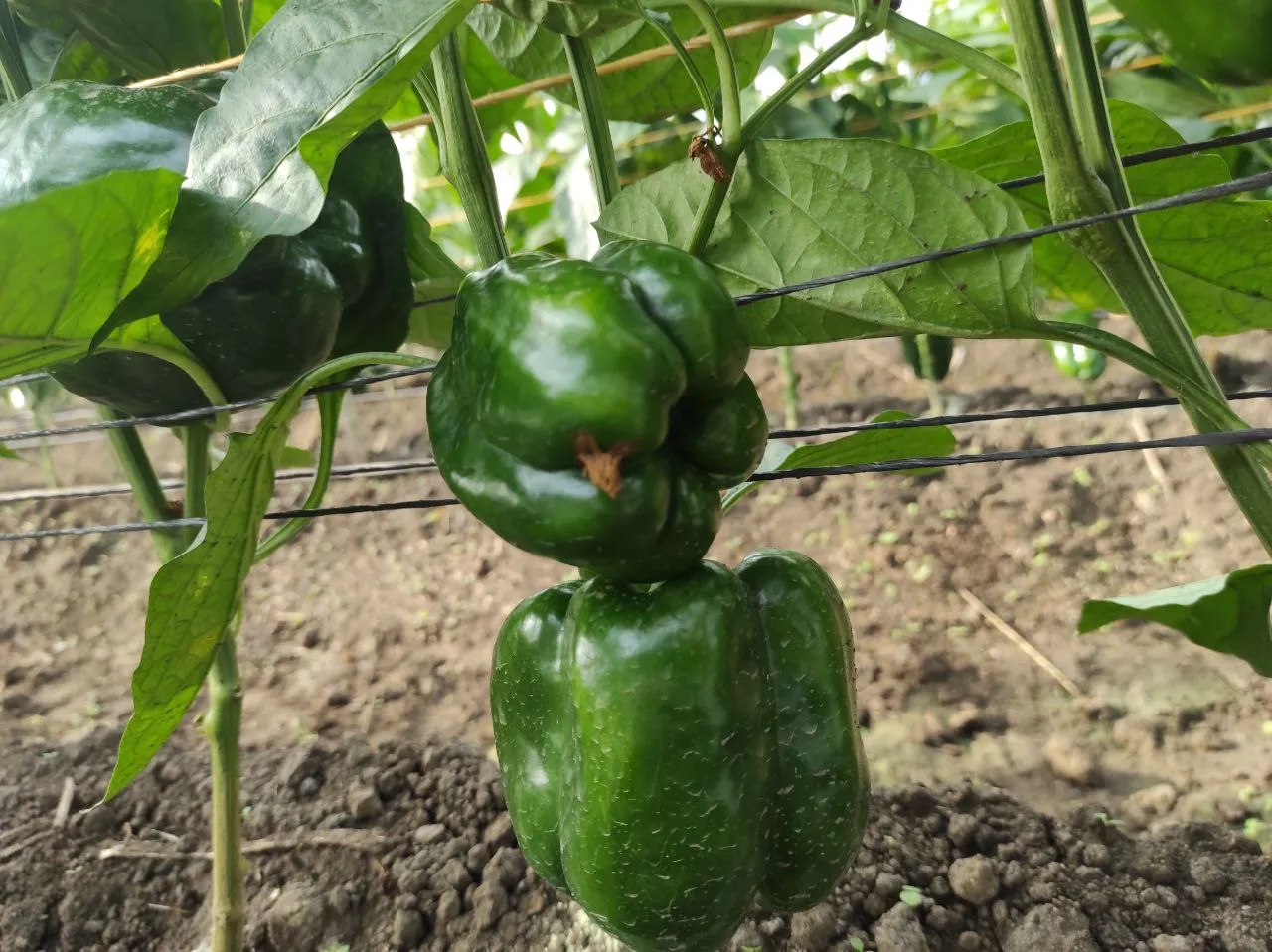
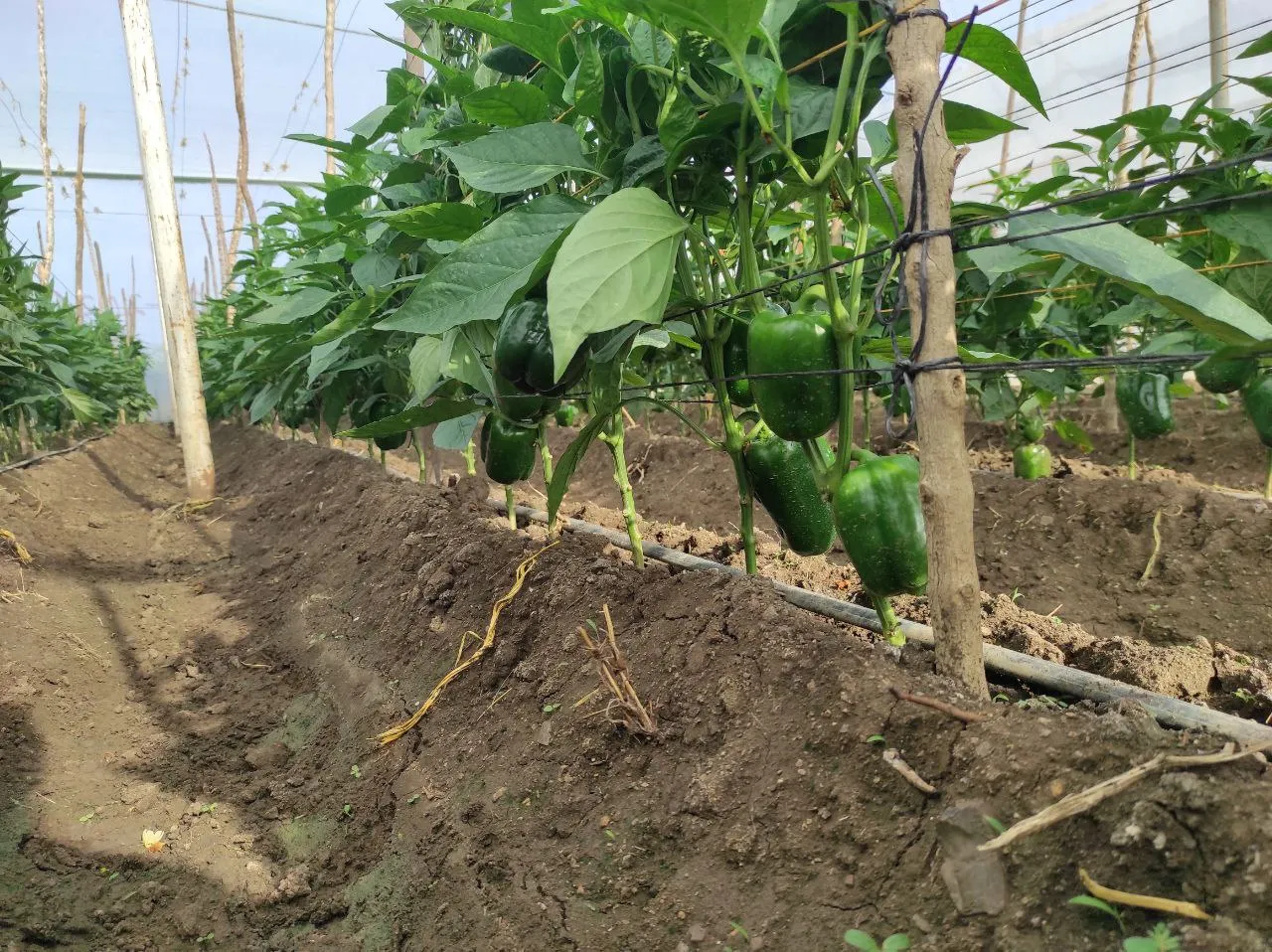
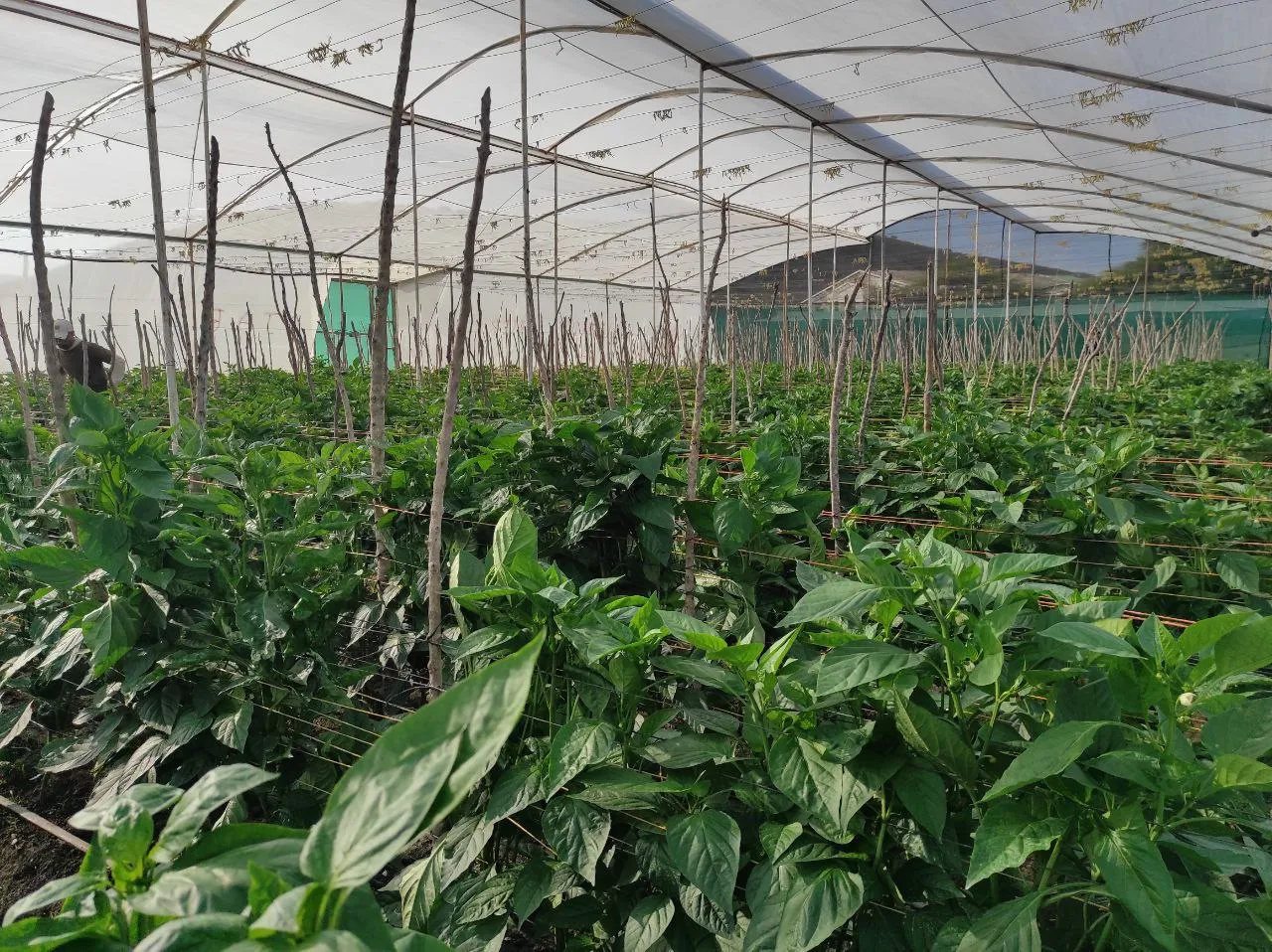
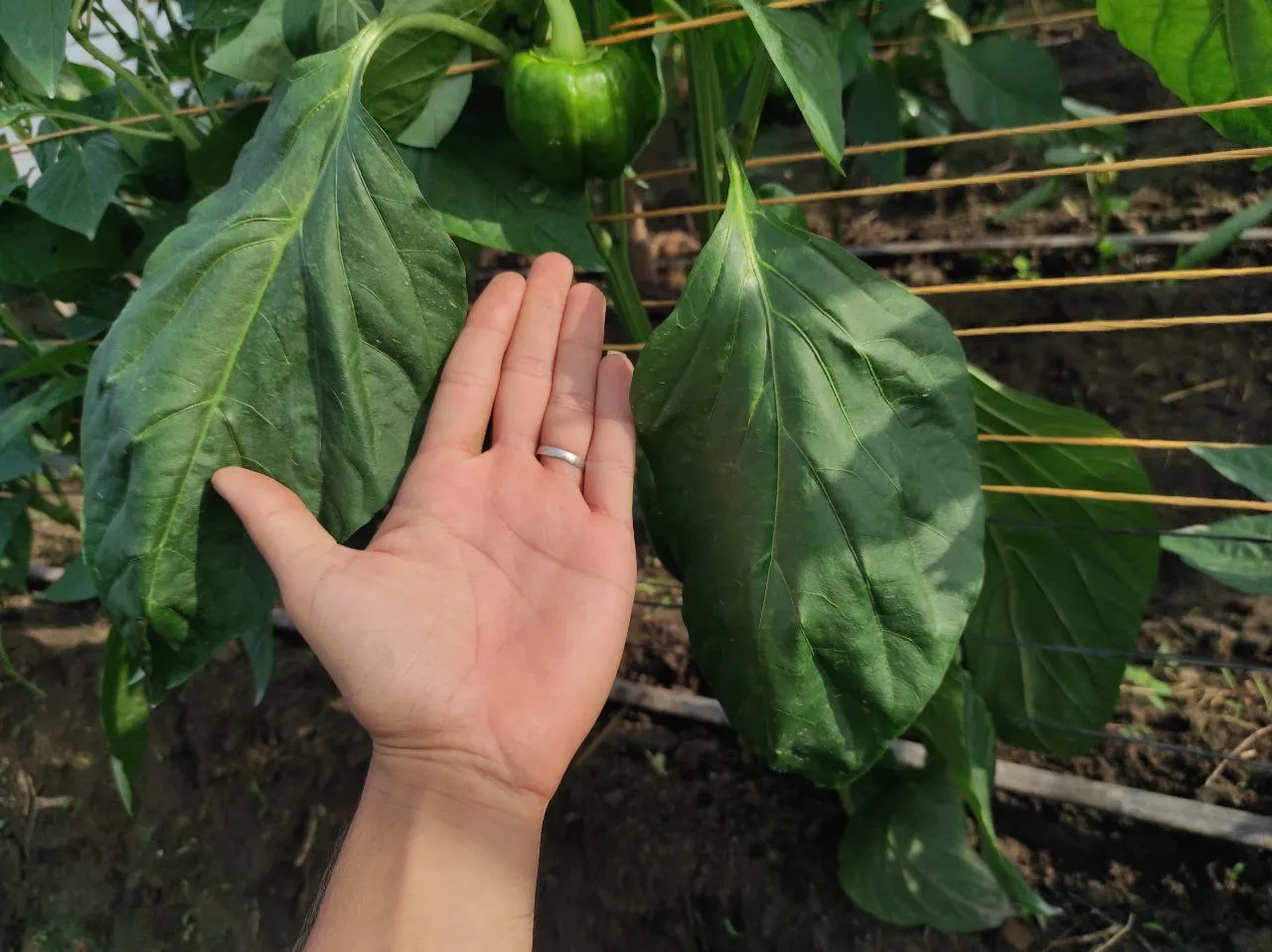
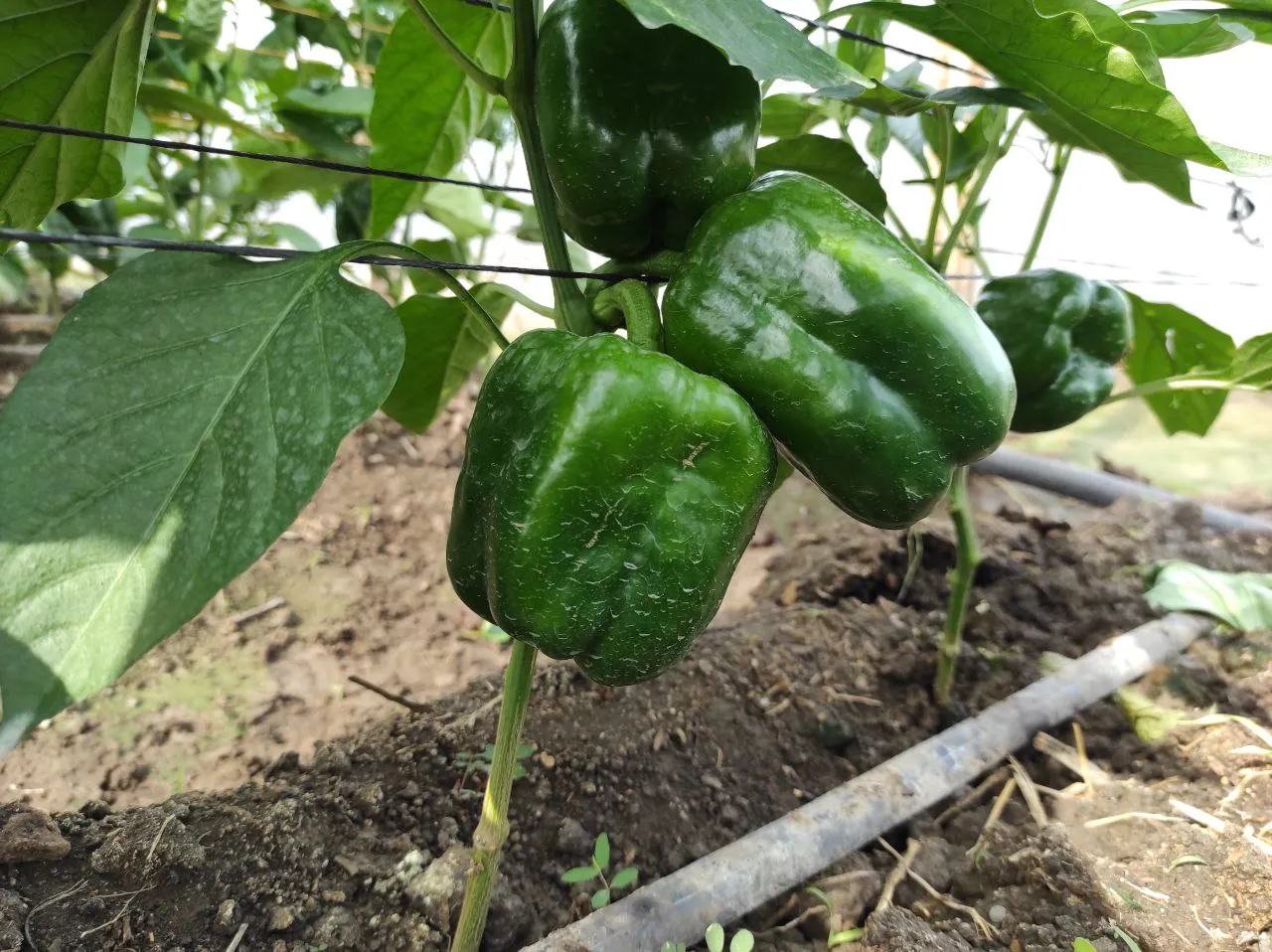

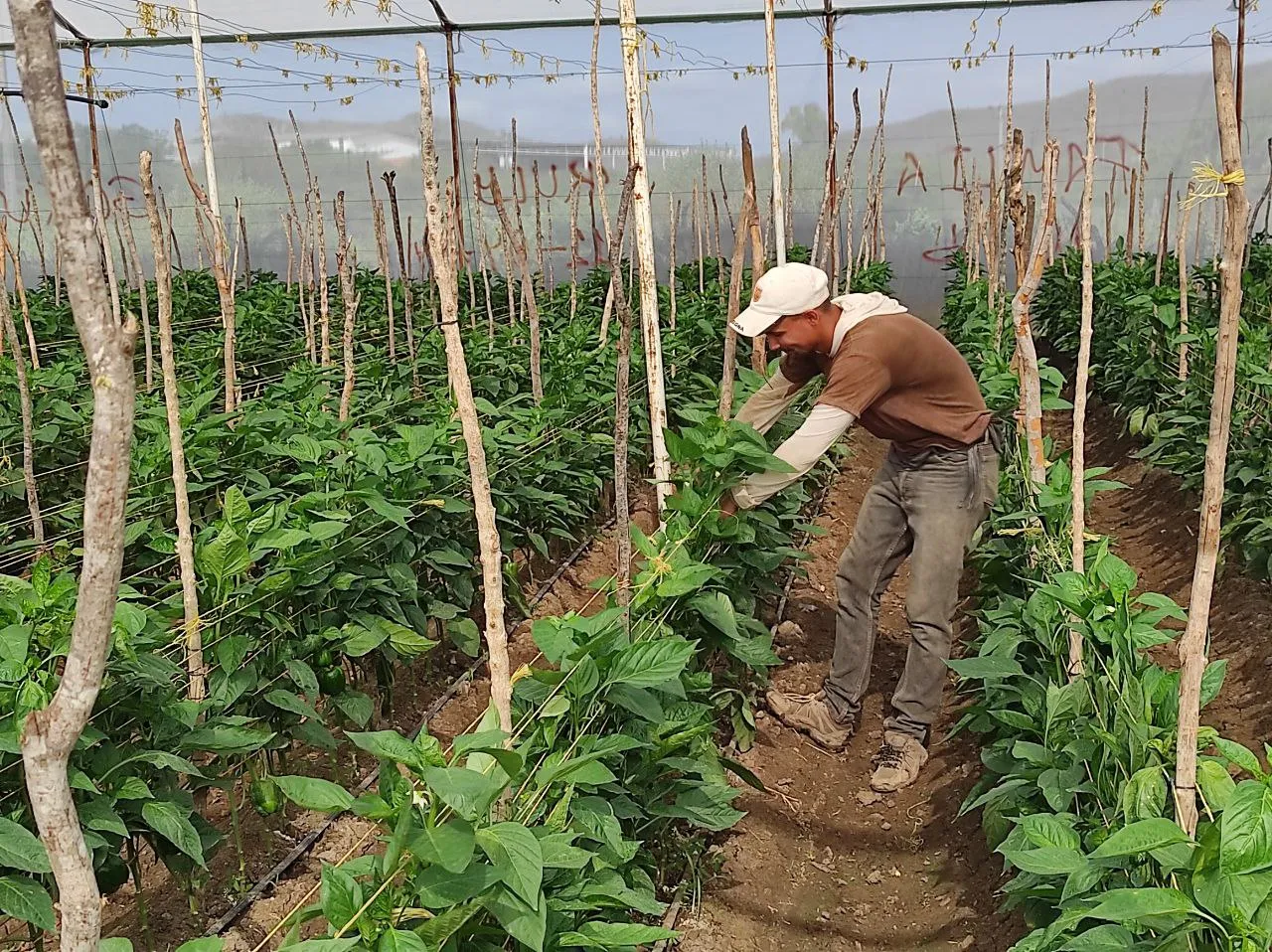
En el invernadero vecino de mi primo la lluvia hizo mas estragos, la tierra esta tan mojada que 20% de sus plantas murieron por esto. Demasiada agua trae hongos que afectan las raíces, el otro 40% esta afectado por el virus y el otro 20% perdió las flores gracias a la lluvia. Así que esta ha sido nuestra peor cosecha hasta los momentos, simplemente sonreír para no llorar seguir hacia adelante, vendrán tiempos mejores.
In my cousin's greenhouse next door, the rain wreaked more havoc, the soil is so wet that 20% of his plants died because of it. Too much water brings fungus that affects the roots, the other 40% are affected by the virus and the other 20% lost their flowers thanks to the rain. So this has been our worst harvest so far, just smile not to cry and move on, better times will come.

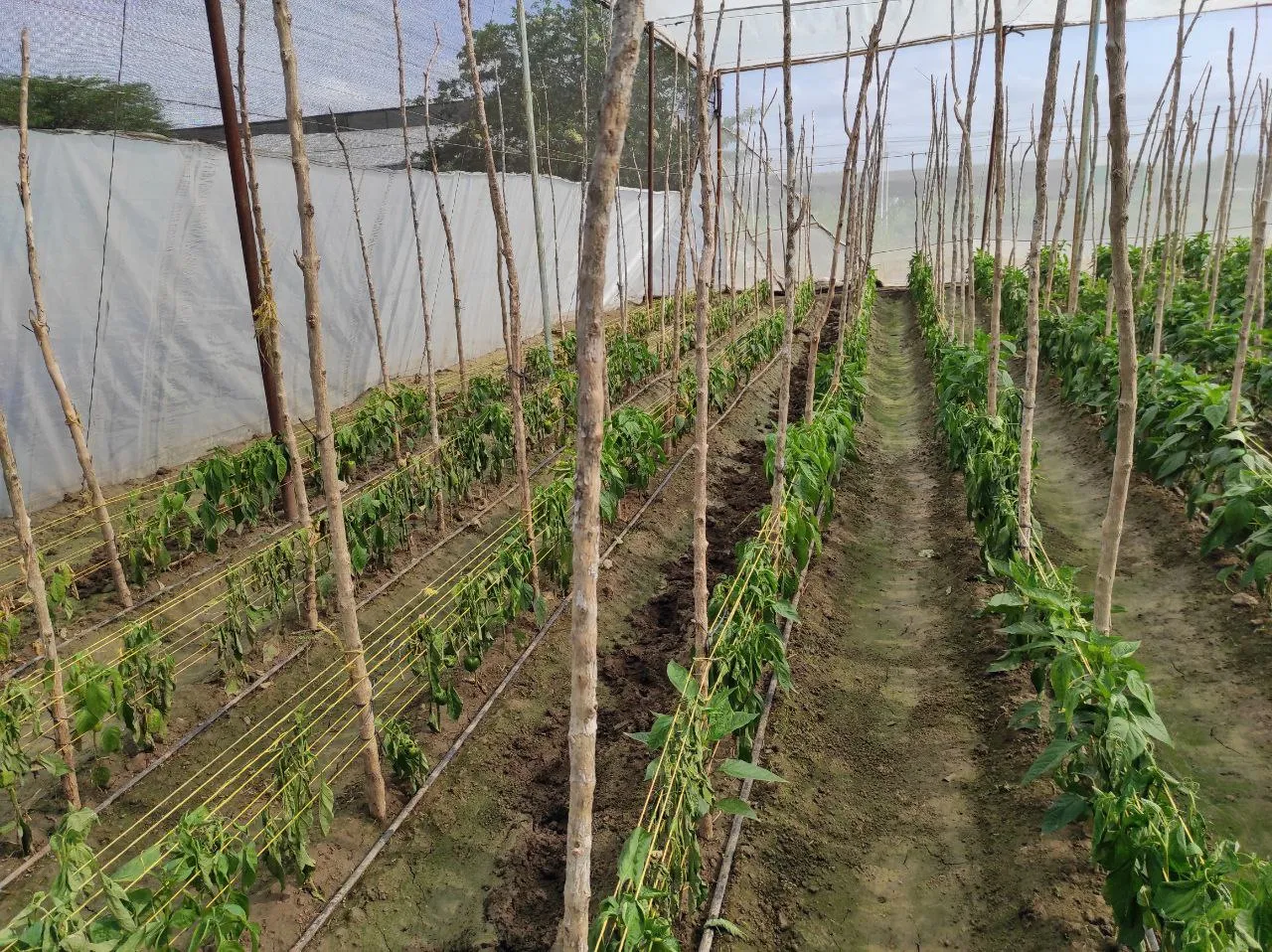
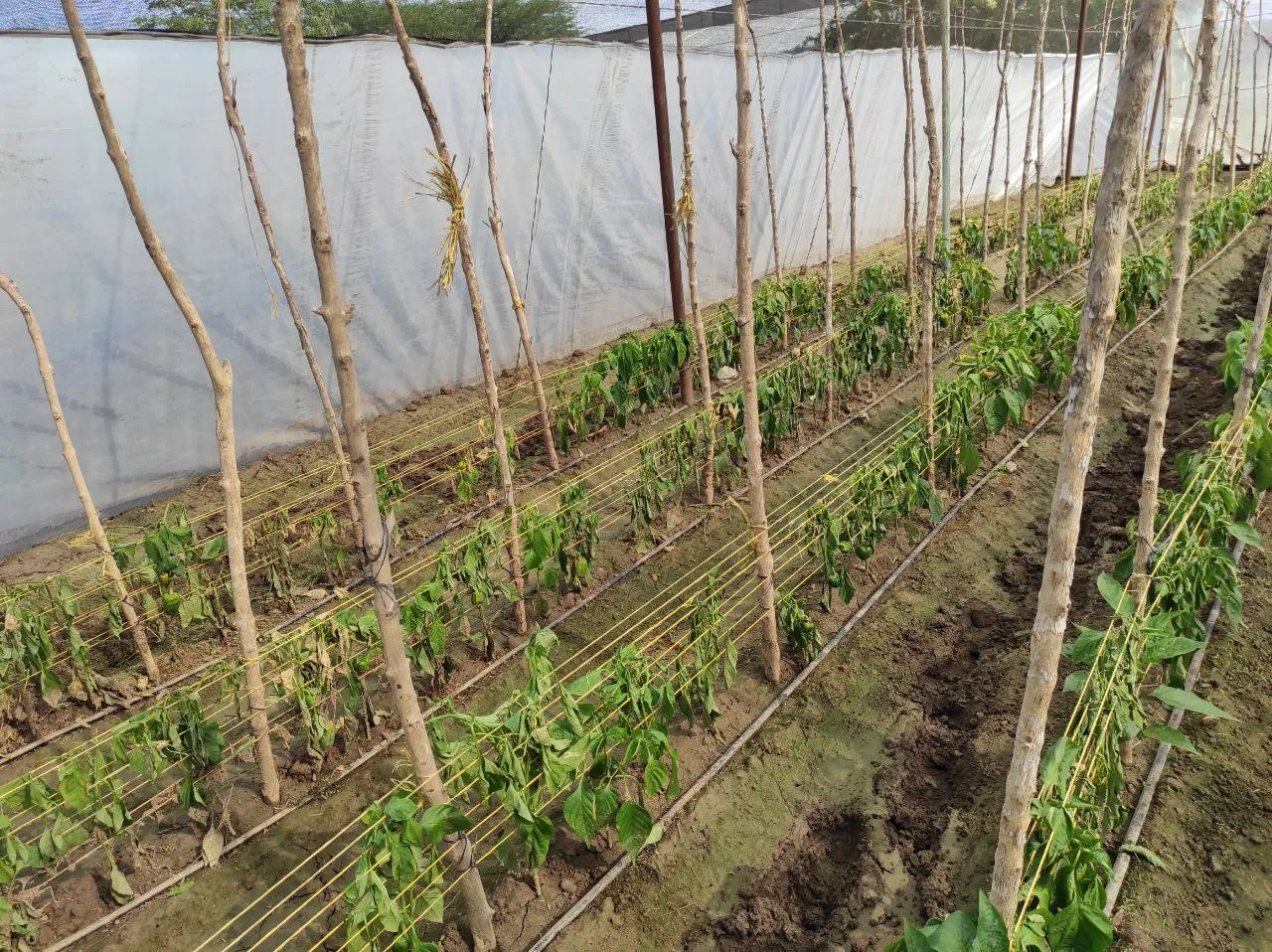
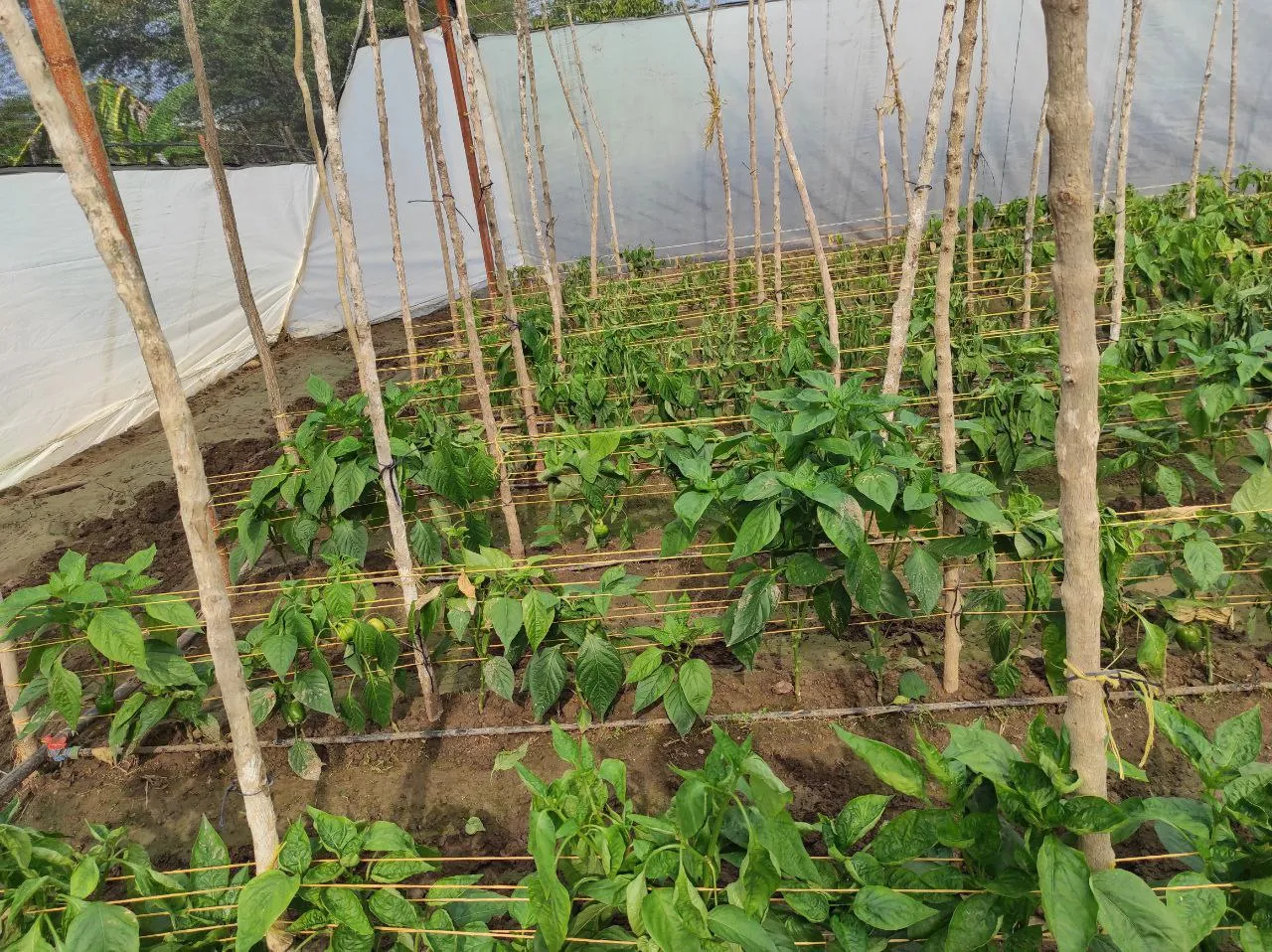

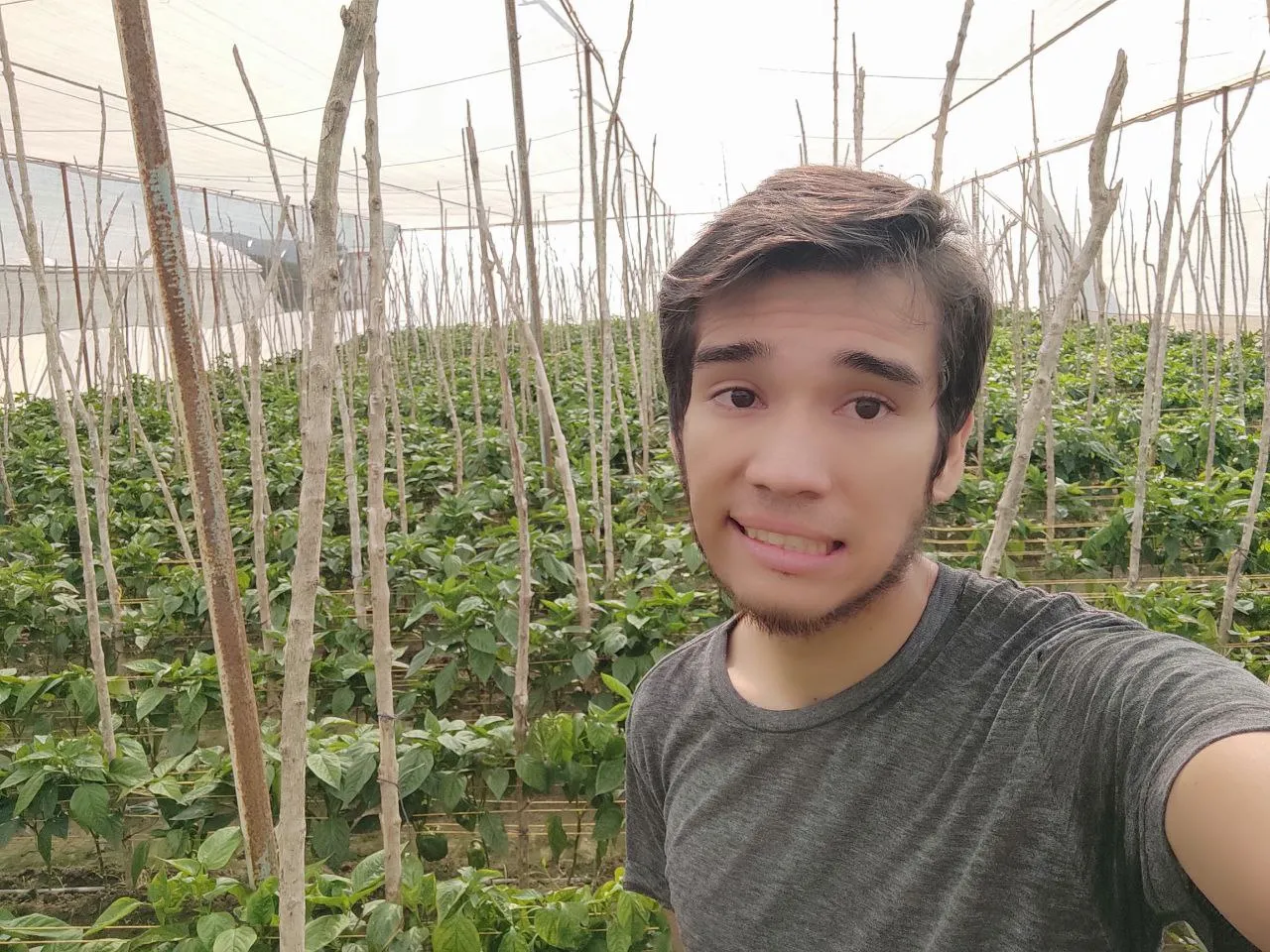
Nos vemos en un siguiente post.
See you in a future post.
